TAGFREE sensor technology principle
TAGFREE sensor technology uses LEDs to distinguish and detect taggants through Raman scattering,
and identifies materials by afterglow shape and decay time.
It is the world's first technology, patented, and detects substances using a combination of three LED wavelengths.
-
LED, not Laser
In order to cause Raman scattering, high energy irradiated by a laser is required, but through a change in idea, taggant detection was successful with an ordinary LED.
-
Non-spectrum afterglow
Rather than directly observing the spectrum shift that occurs during Raman scattering, the idea was that the shape of the afterglow and decay time that necessarily accompany this are different for each material.
-
Patent registration
The world's first technology to recognize different types of
taggant on portable devices
-
3 instead of 1
Since the shape and extinction time of the afterglow were not clearly different, the material ID was successfully detected by combining each afterglow signal detected through three LEDs of different wavelengths.
Examples of TAGFREE sensor technology use
-
2016
Banknote Discriminator
A device that uses optical sensor technology to detect counterfeit bills by simultaneously checking various security elements applied to bills while counting bills.
-
2017
counterfeit detector
A single-sheet counterfeit detector that identifies counterfeit bills by checking the taggant element applied to the bill.
-
2021
casino chip detector
A device that detects the taggant applied to casino chips and classifies them by face value to check for counterfeiting.
Own patent
TAGFREE technology
-
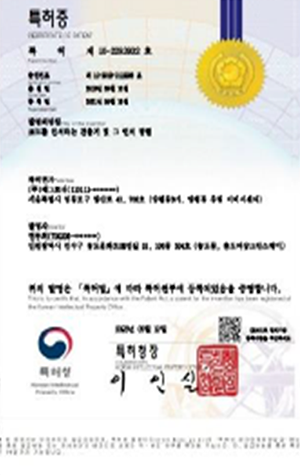
특허1
Detector for recognizing codes and method for recognizing them
Registration date: 2021.08.19
Registration number: 10-2293932
Patent contents: Device and method for classifying and recognizing special substances using a portable device sensor mounted on a smart mountain balm
-
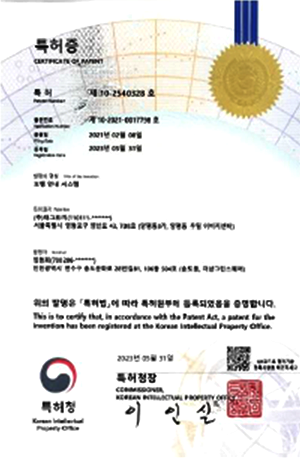
Patent 2
Walking guidance system
Registration date: 2023.05.31
Registration number: 10-2540328
Patent details: A system that guides the walking of visually impaired people using the invention of patent 1
-
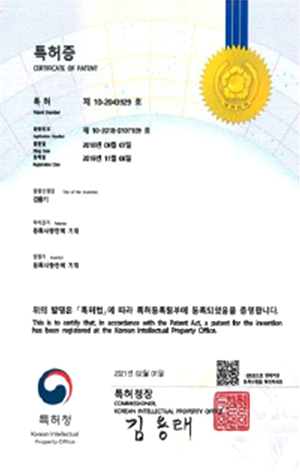
Patent 3
detector
Registration date: 2019.11.06
Registration number: No. 10-2043929
Patent contents: Patent on the basic composition and form of the sensor
-
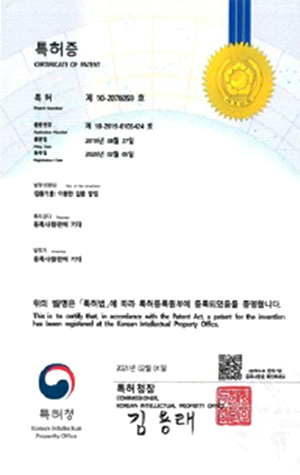
Patent 4
Walking guidance system
Registration date: 2020.02.05
Registration number: No. 10-2076059
Patent contents: Patent on an algorithm that recognizes the type of material by processing signals input from a sensor
-
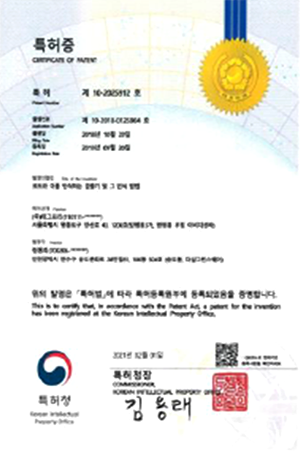
특허5
Codes, detectors that recognize them, and methods for recognizing them
Registration date: 2019.09.20
Registration number: No. 10-2025912
Patent contents: A patent on a method of codifying and organizing special substances and recognizing various information simultaneously

